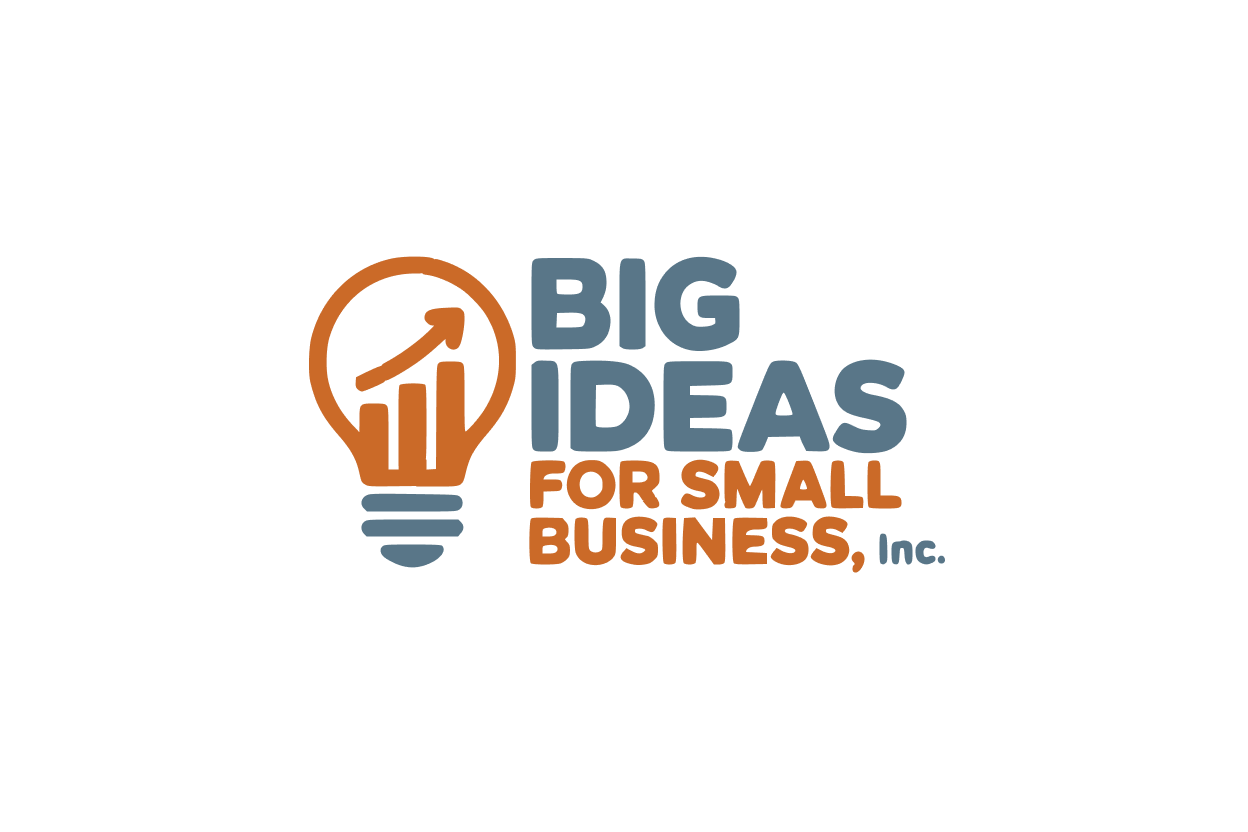 In this Small Business Month, it’s great to see that the number of sole proprietorships in the U.S. has increased. Recent IRS statistics on sole proprietorships for 2022 show that the number of these businesses is up by 5.7%. These statistics are derived from Schedule C of Form 1040 or 1040-SR and show the contrast to the number of such filers and their revenue on 2021 returns. This is a subject we cover every year, as you can see in last year’s blog. The following focuses only on non-farm sole proprietors as reflected in federal; tax filings; it doesn’t reflect the results for farmers and ranchers who are sole proprietors filing Schedule F.
In this Small Business Month, it’s great to see that the number of sole proprietorships in the U.S. has increased. Recent IRS statistics on sole proprietorships for 2022 show that the number of these businesses is up by 5.7%. These statistics are derived from Schedule C of Form 1040 or 1040-SR and show the contrast to the number of such filers and their revenue on 2021 returns. This is a subject we cover every year, as you can see in last year’s blog. The following focuses only on non-farm sole proprietors as reflected in federal; tax filings; it doesn’t reflect the results for farmers and ranchers who are sole proprietors filing Schedule F.
Sole proprietorships are…
Sole proprietorships include independent contractors, freelancers, other gig economy workers, or other self-employed individuals who are not required to file any other type of income tax return to report their business income expenses. They also include limited liability companies (LLCs) owned by one individual who does not choose to file a corporate return.
There were 31 million sole proprietors filing 2022 returns, a 5.7% increase. Of these, there were 3.5 million single-member LLC returns filed for 2021 (there were only 126,000 in 2001 when the IRS began to track them). One-member LLCs now account for 11.4% of all Schedule C filers (up from just 0.7% in 2001).
Statistics…
Other key statistics for 2022 include:
- Total receipts reported by nonfarm sole proprietorships increased by 11.4%
- Total deductions rose by 14.7%
- Profits fell by 0.2%
The statistics covered the results across industries (referred to as sectors), including construction; retail and wholesale trade; finance; real estate; professional, scientific, and services; health care; and the arts. The professional, scientific, and technical services sector remained the sector with the largest share of profits at 24.7%, with profits increasing by 2.5% to $101.6 billion. The construction sector reported the largest percentage of total business receipts (18.1%) and total business deductions (19.3%). The arts, entertainment, and recreation sector reported the largest percentage increase in business receipts (24.4%).
Deductions…
The statistics show the breakdown of deductions claimed by sole proprietorships in various industries. On average (and not counting inventory purchases and cost of goods sold), the largest categories of business deductions for Schedule C filers were car and truck expenses, followed by salary and wages, and then contract labor. The smallest expenditures were for depletion, pension and profit-sharing plans, and employee benefit programs. The home office deduction in total was over $13.5 million, but statistics don’t show how many of the 31 million sole proprietors claimed any home office deduction. Over $92 million was claimed for the qualified business income (QBI) deduction, but again, there’s no indication of how many sole proprietors claimed this write-off.
Age of owners…
Statistics also show that Schedule Cs were filed by taxpayers of all ages. The following are approximate to give you an idea of the age distribution:
- Under 18: 90,000
- 18-under 26: 2.7 million
- 26-uneder 35: 5.7 million
- 35-under 45: 7 million
- 45-under 55: 6 million
- 55-under 65: 5.2 million
- 65 and older: 4.2 million
What’s happening now
IRS statistics are always a few years behind (e.g., 2022 figures mentioned in this blog were released this spring). Perhaps more interesting in this Small Business Month is to look at more recent data (which is not limited to sole proprietorships):
- The SBA said between March 2022 and March 2023, there were 1.2 million small business openings and 946,311 closures.
- According to the Census Bureau, business applications for March 2025 were 452,255, an increase of 6.4% compared to February 2025.
- Many businesses—large and small—have closed down. Especially hard hit has been a number of big retailers (e.g., Joann, a fabric and craft store, filed for Chapter 11 and shut down its 800 stores while it restructures its debt); it’s unclear how many small retailers have closed.
Final thought
To repeat what was noted in a previous blog: Larry Page, co-founder of Google, said “You don’t need to have a 100-person company to develop that idea.”
You can go it alone and be profitable. Of course, today’s special challenges—tariffs, tax uncertainty, changing technology, and changing consumer tastes—certainly make it more difficult to be profitable.
While small business confidence is down, according to NFIB, I’m optimistic that small businesses will find ways to success. Why? Because small businesses are nimble and can easily adapt. For example, the Census Bureau says “while large businesses have been leading in AI adoption, very small businesses have also had relatively high AI use rates during much of 2023 and 2024, and this trend is likely to continue into the near future.” With AI adoption comes efficiencies, cost savings, and opportunities to succeed. Again, I’m optimistic.
For additional blogs published concerning sole proprietorships, see this list here.


